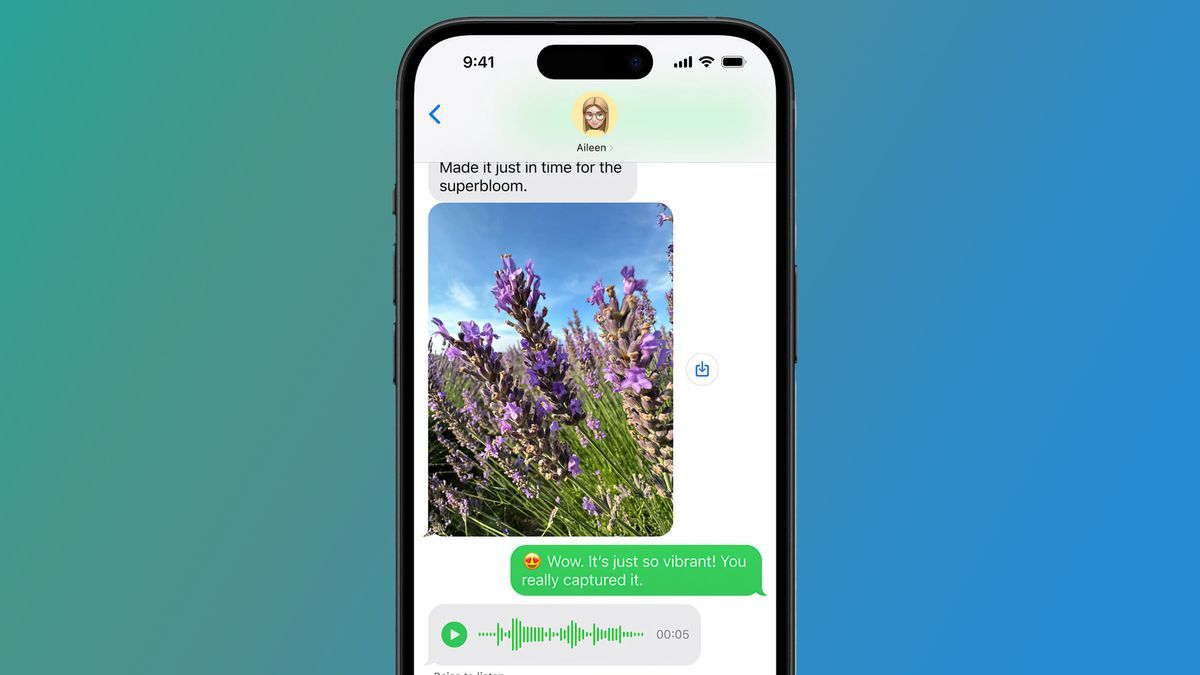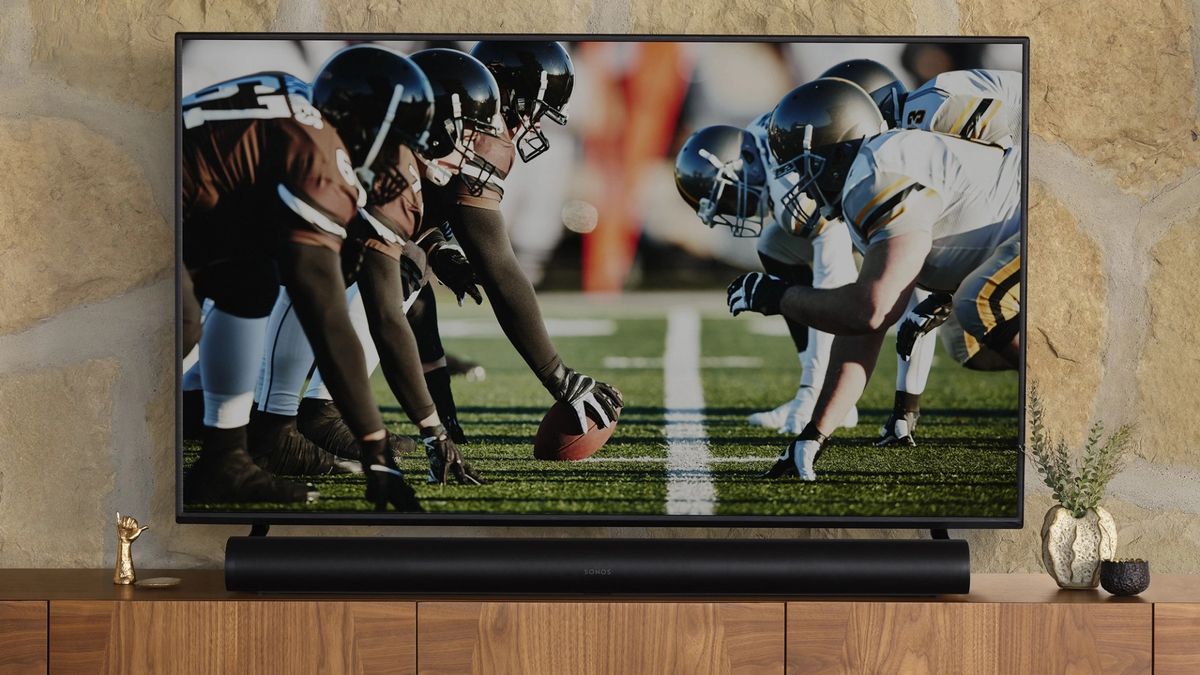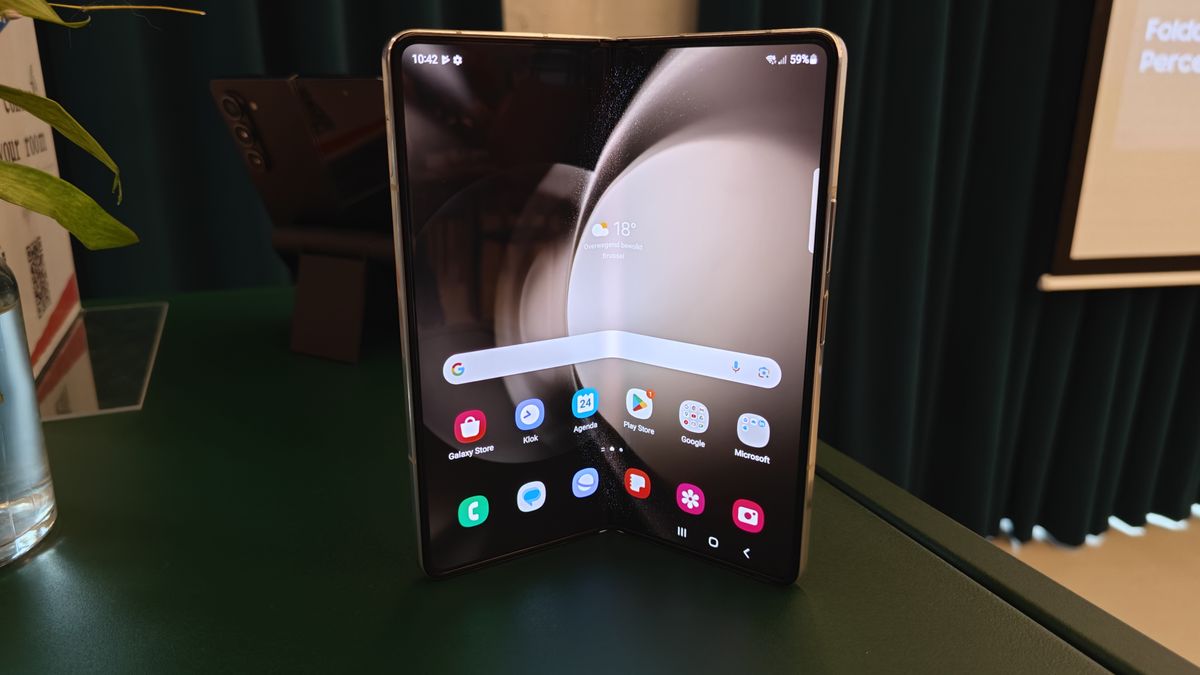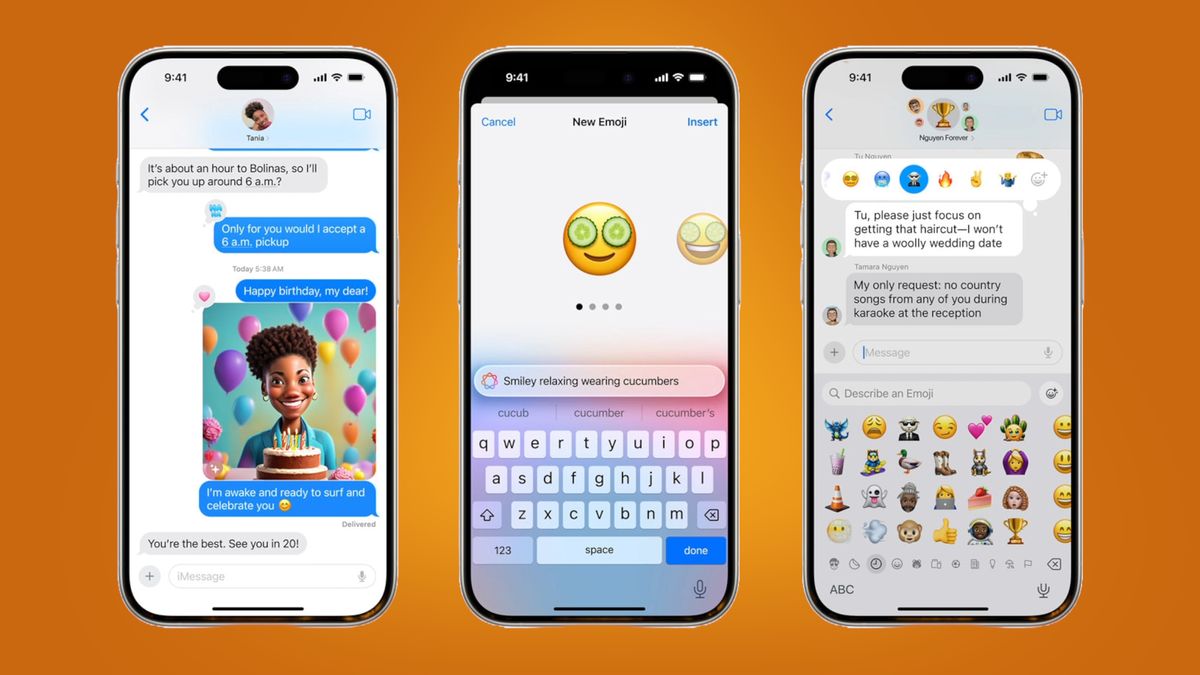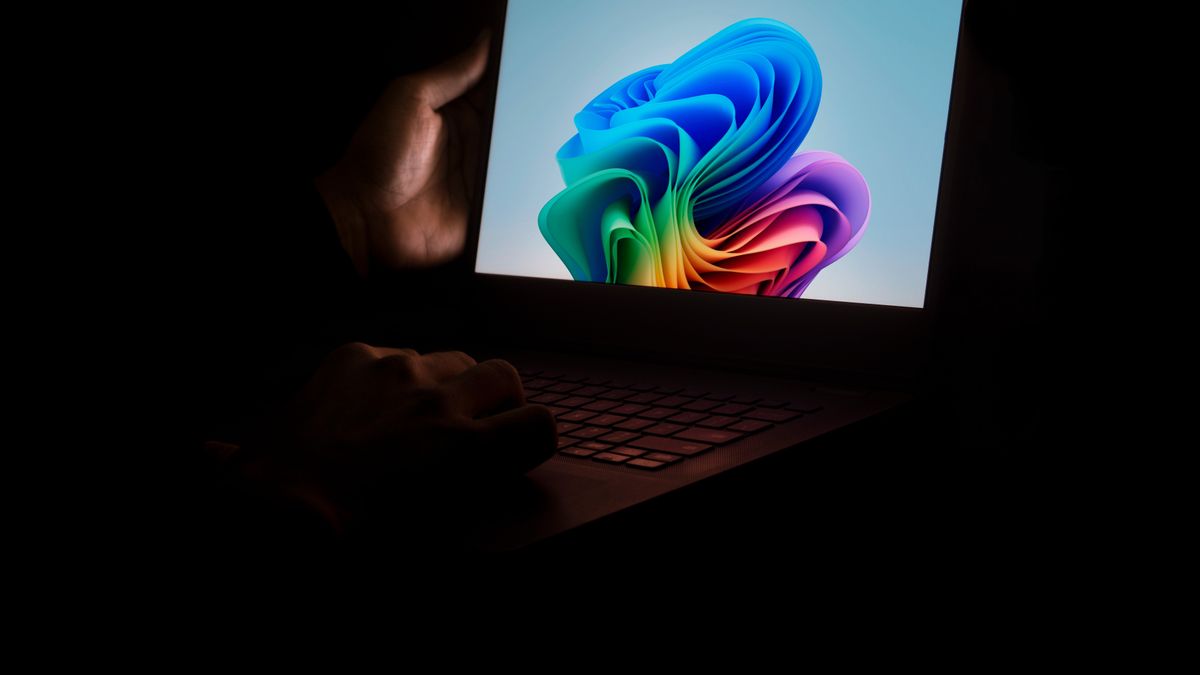The split between Apple's iMessage and the Google Messages app has been the source of much debate since iMessage launched in 2011.
iOS 18, which launched on September 16 and ships with iPhone 16, iPhone 16 Plus, iPhone 16 Pro, and iPhone 16 Pro Max, brings the universal Rich Communication Services (RCS) protocol to iPhone for the first time.
This means that chats between iPhone and Android users will finally have high-quality media sharing, tapback reactions, audio messages, and other experience-enhancing features, where previously these features were restricted to chats made within the Apple ecosystem or within the Android ecosystem.
RCS has been the standard for Android phones for a while now, and Google is celebrating Apple's acceptance of RCS as a step in the right direction, treating the launch as a victory for its #GetTheMessage campaign.
We've put together this guide to get you up to speed on all the ways RCS improves messaging between iPhone and Android, and we've also highlighted a few things we still want to see added.
How to enable RCS
First, it's a good idea to check that RCS is enabled on your iPhone or Android phone.
On iPhone, go to Settings > Apps > Messages > RCS Messagingand Slide the switch to On.
Most modern Android phones have RCS enabled by default, but to be safe, Go to the Google Messages app, Tap your profile picture, Scroll down to Message Settings section, and Tap the RCS chats tab to find a similar switch.
Benefits
1. Group chats
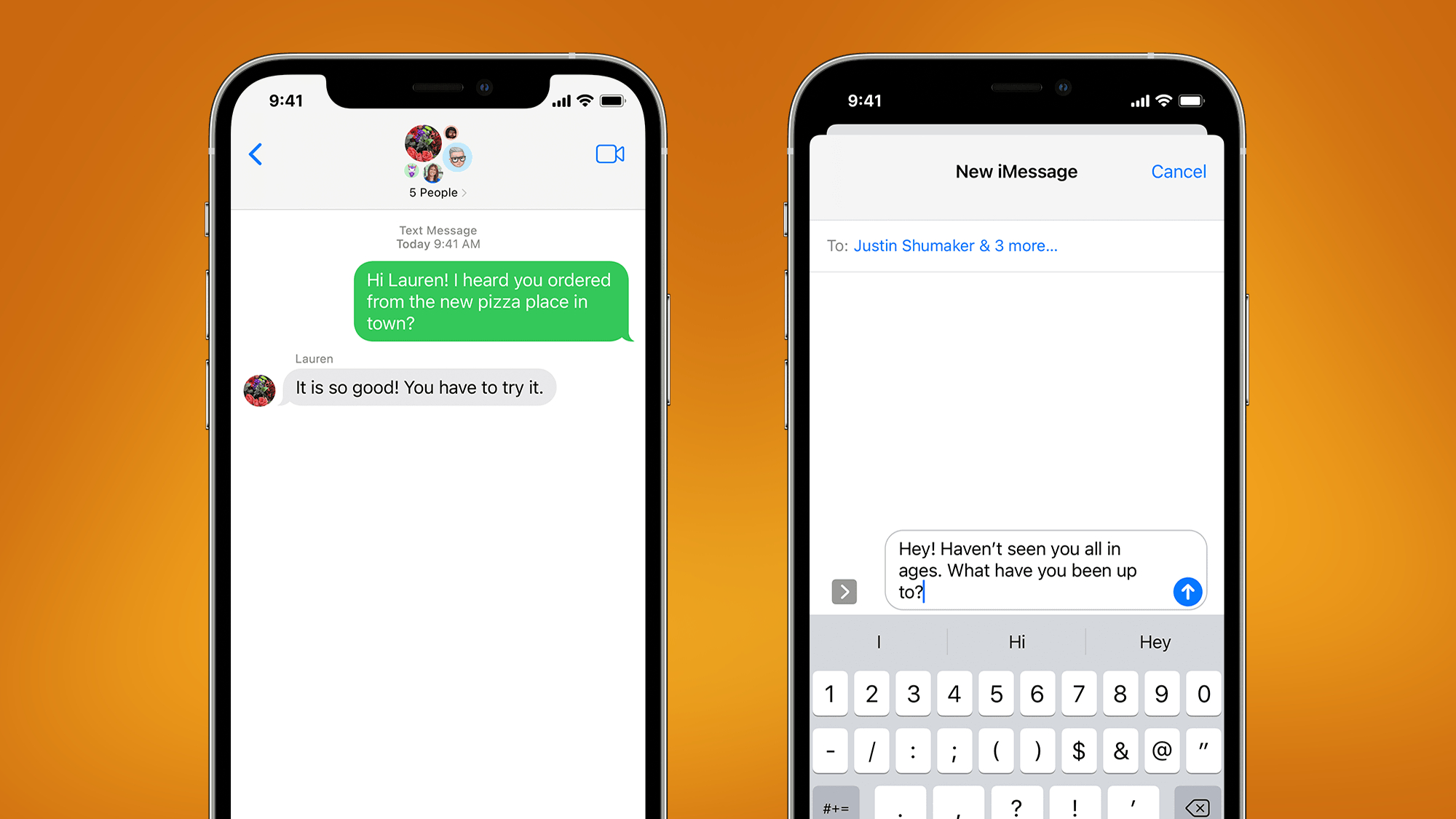
Until now, it was possible to create a group chat between iPhone and Android users without using a third-party app like WhatsApp, with some important caveats.
A group chat between iPhone users offers all participants the full set of iMessage features, such as audio messages, tapback reactions, and Memoji stickers. However, if an Android user was added, all of these features disappeared as the entire chat was switched to MMS.
RCS doesn't replicate all of iMessage's features, but it does at least allow for sending high-quality multimedia content, audio messages, and a smaller range of tapback reactions.
This has the dual effect of allowing everyone in a group chat to use these modern features and putting less pressure on Android users who want to join iPhone-only conversations.
Until now, messaging between iPhone and Android phones was limited to the SMS/MMS standard, which only allows users to send and receive texts, images and videos up to a maximum of 5 MB or 30 seconds in the case of videos.
Because of this small file size limit, media sent via MMS often needs to be highly compressed, meaning the recipient may receive pixelated images and videos (for reference, one minute of uncompressed 1080p MP4 video is about 20MB).
The RCS standard coming to the iPhone supports a maximum file size of 105MB per message, meaning images and videos can be sent and received in high quality. That said, you may still need to use a dedicated file transfer or storage service for larger files.
3. Read receipts
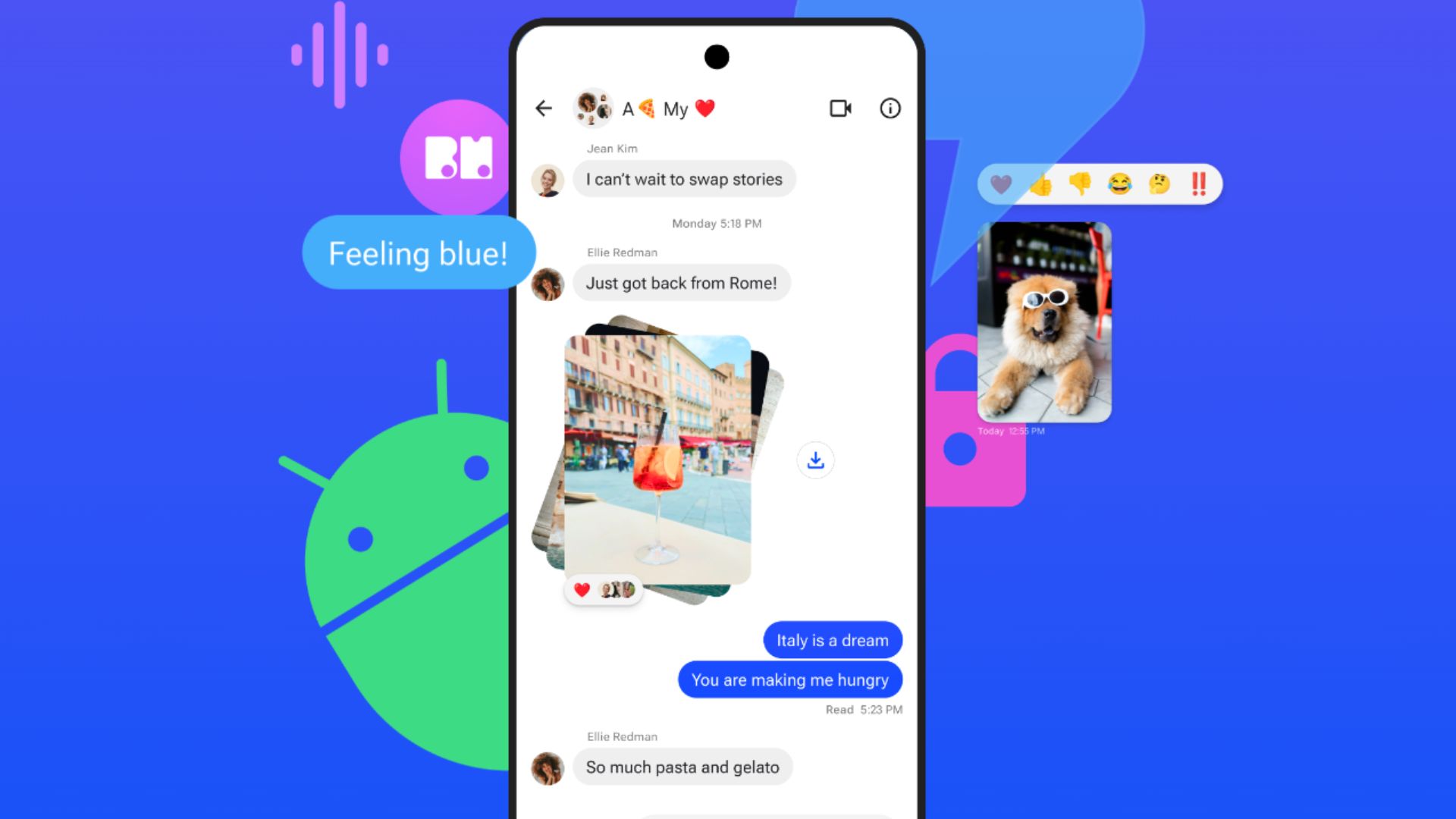
What's worse than being left on read? Not knowing if you've been left on read.
Receipt receipts (the notes or symbols that tell you when the recipient has seen your message) are a source of certainty that most users take for granted.
SMS and MMS messages lack the timestamped read receipts found in almost all other messaging services. iOS 18 and RCS finally bring this now-basic feature to cross-platform messaging.
4. Typing indicators
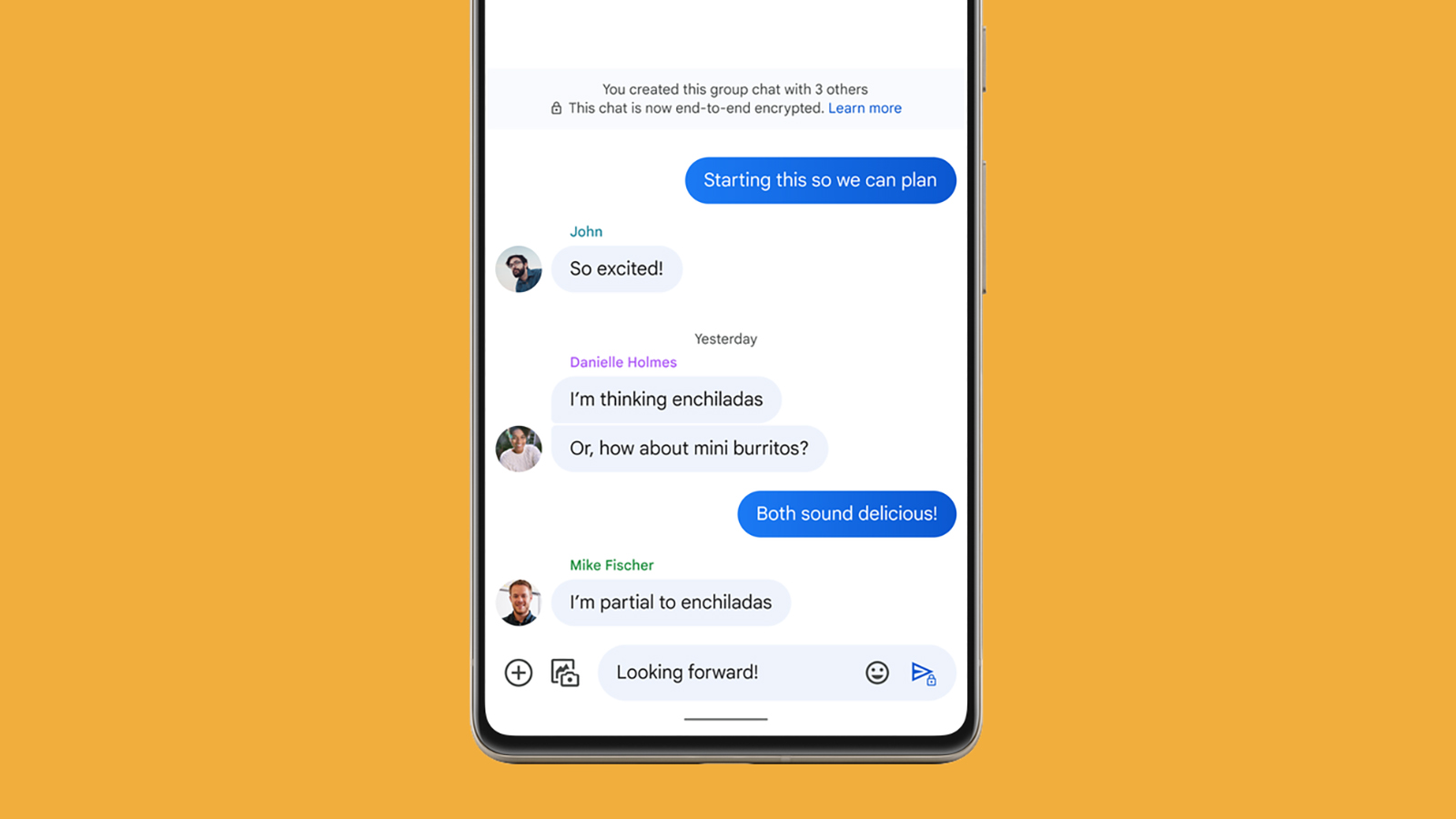
It can be difficult to get a sense of the flow of a conversation when you're staring at a screen full of text, which is why writing prompts are so valuable.
Often represented as a message bubble containing animated ellipses, these notifications appear on the screen when someone is typing.
RCS support allows you to write indicators for cross-platform messaging, so you can see when your friends are preparing their responses regardless of platform.
5. Share location
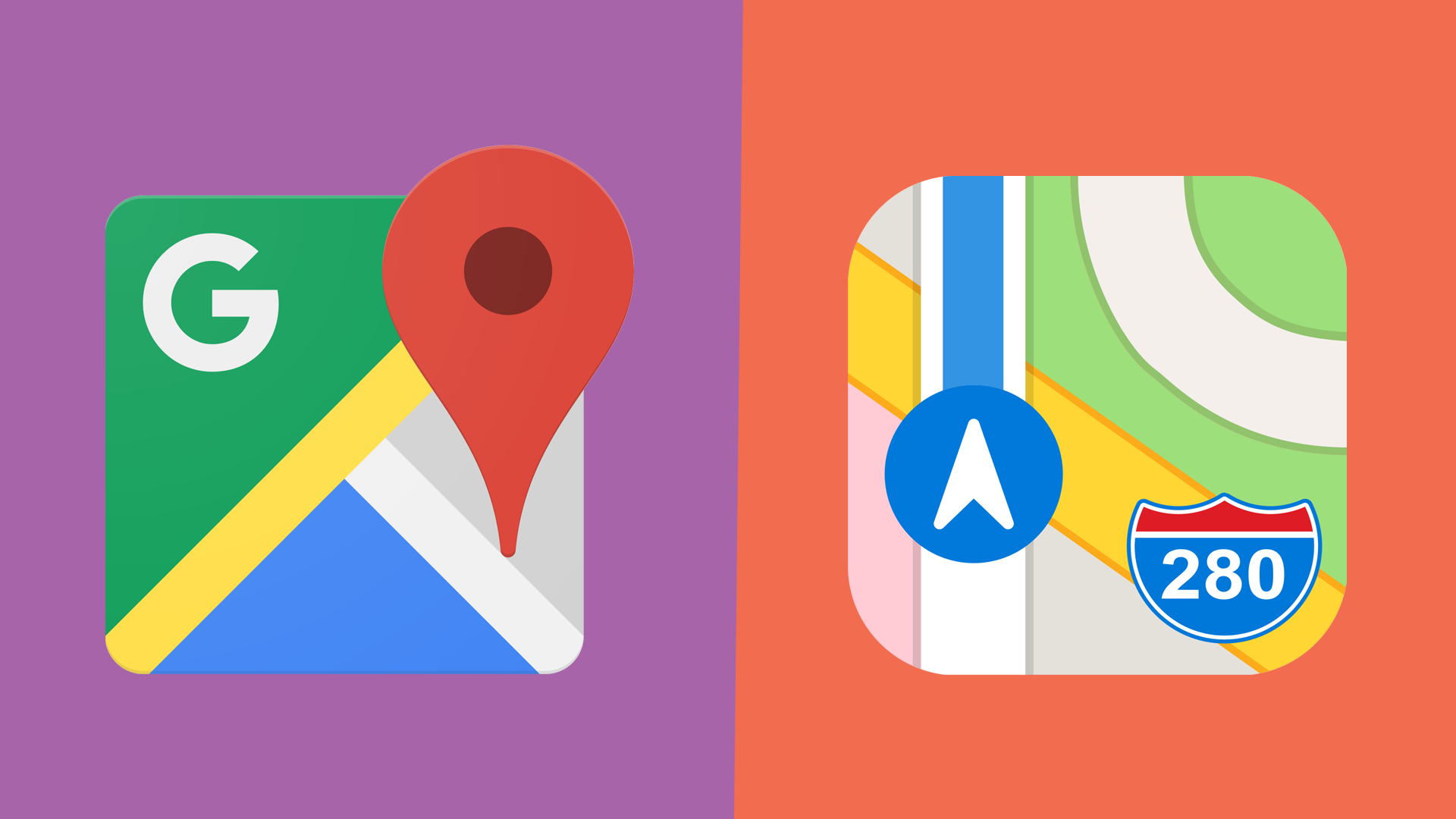
iMessage and third-party apps like WhatsApp allow users to share a location within an interactive map, which has become a key feature for safety and convenience.
Apple's RCS implementation allows users to share a location PIN within text conversations.
This doesn't match the live tracking functionality of iMessage or third-party apps like WhatsApp, but again, it's a step in the right direction.
6. Send messages via Wi-Fi
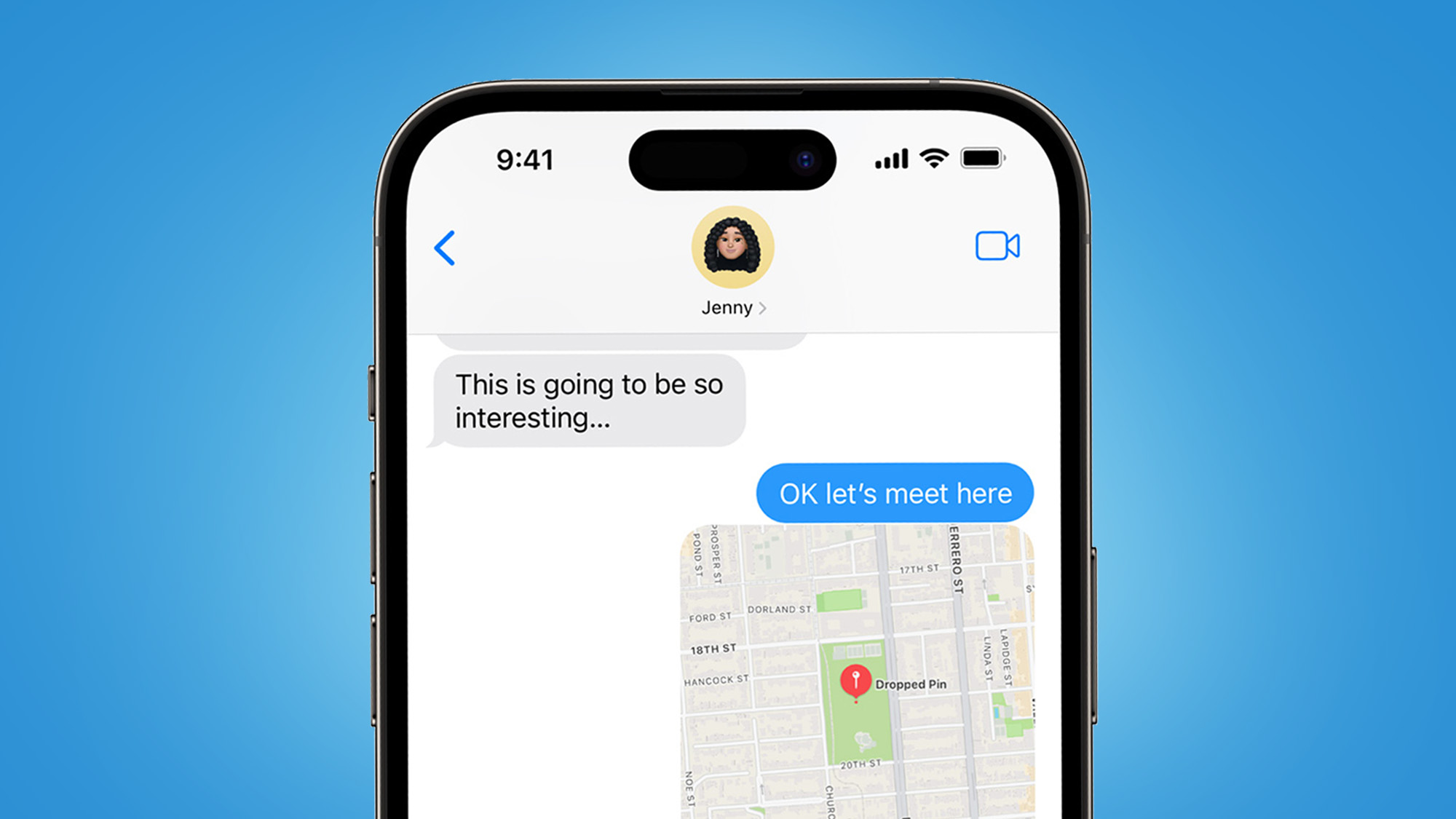
RCS offers more options for staying connected by allowing users to chat over mobile data and Wi-Fi. For comparison, MMS messages can only be sent over a cellular network.
This has long been a selling point of third-party messaging apps like WhatsApp, Snapchat, and Signal, but these apps lack the ability to access cellular networks. For comparison, iMessage already supported Wi-Fi, mobile data, and cellular networks.
Overall, this is a nice bunch of new features, but there's more Apple could do to make RCS messaging on the iPhone even better.
Disadvantages
1. No encryption, seriously
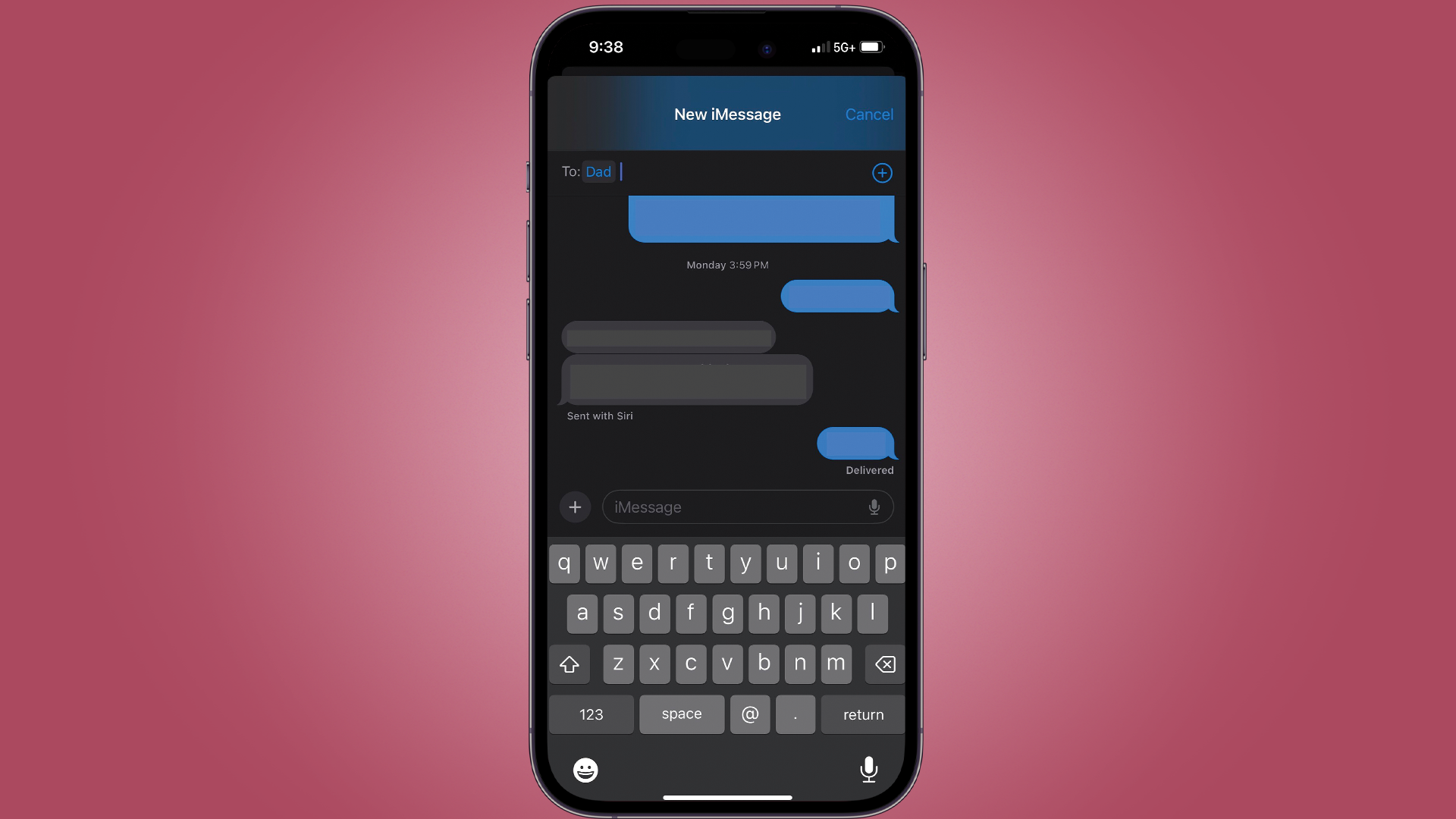
The RCS protocol supports end-to-end encryption, meaning that the message is scrambled before it is sent to the recipient, whose device has the unique key needed to decrypt it. Unencrypted messages can theoretically be intercepted by third parties as they are transmitted from the sender to the recipient.
As The edge Notes: Apple has chosen to use the basic version of RCS (the Universal Profile) to add end-to-end encryption to its RCS implementation, meaning that iMessage remains the only way to send encrypted messages through Apple's own service.
We don't like this move by Apple. Companies need to differentiate their products, but doing so by offering poor security is actually contrary to consumer interests.
2. Video calls are not allowed
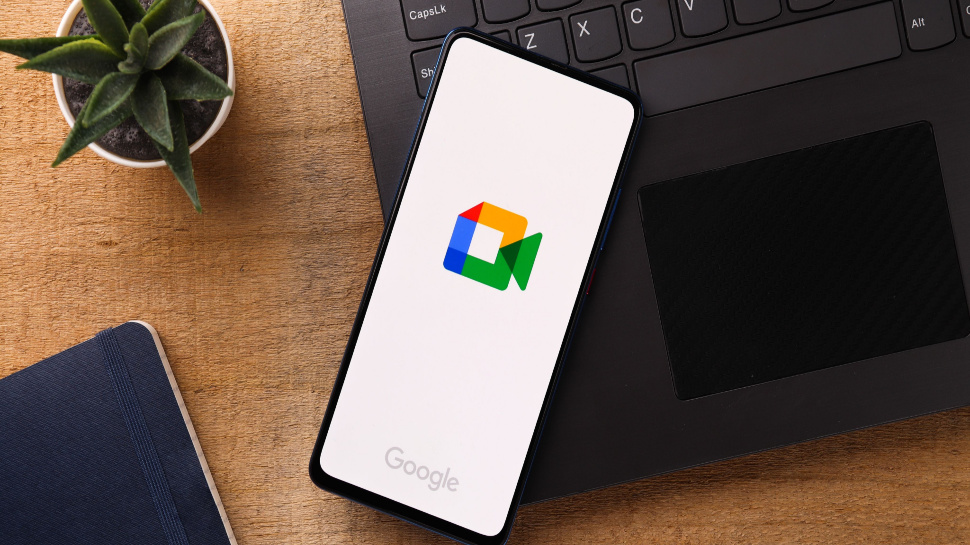
While RCS supports video calling, it's easy to see why Apple hasn't included it in its core messaging service.
FaceTime had such an impact that the brand name is still used as a generic term for video calling 14 years after its introduction.
Apple likely wants to keep its own video calling options centralized. Android users can join FaceTime calls from a web browser via a link sent by an Apple user, but they can't initiate a call themselves.
3. Green bubbles are here to stay
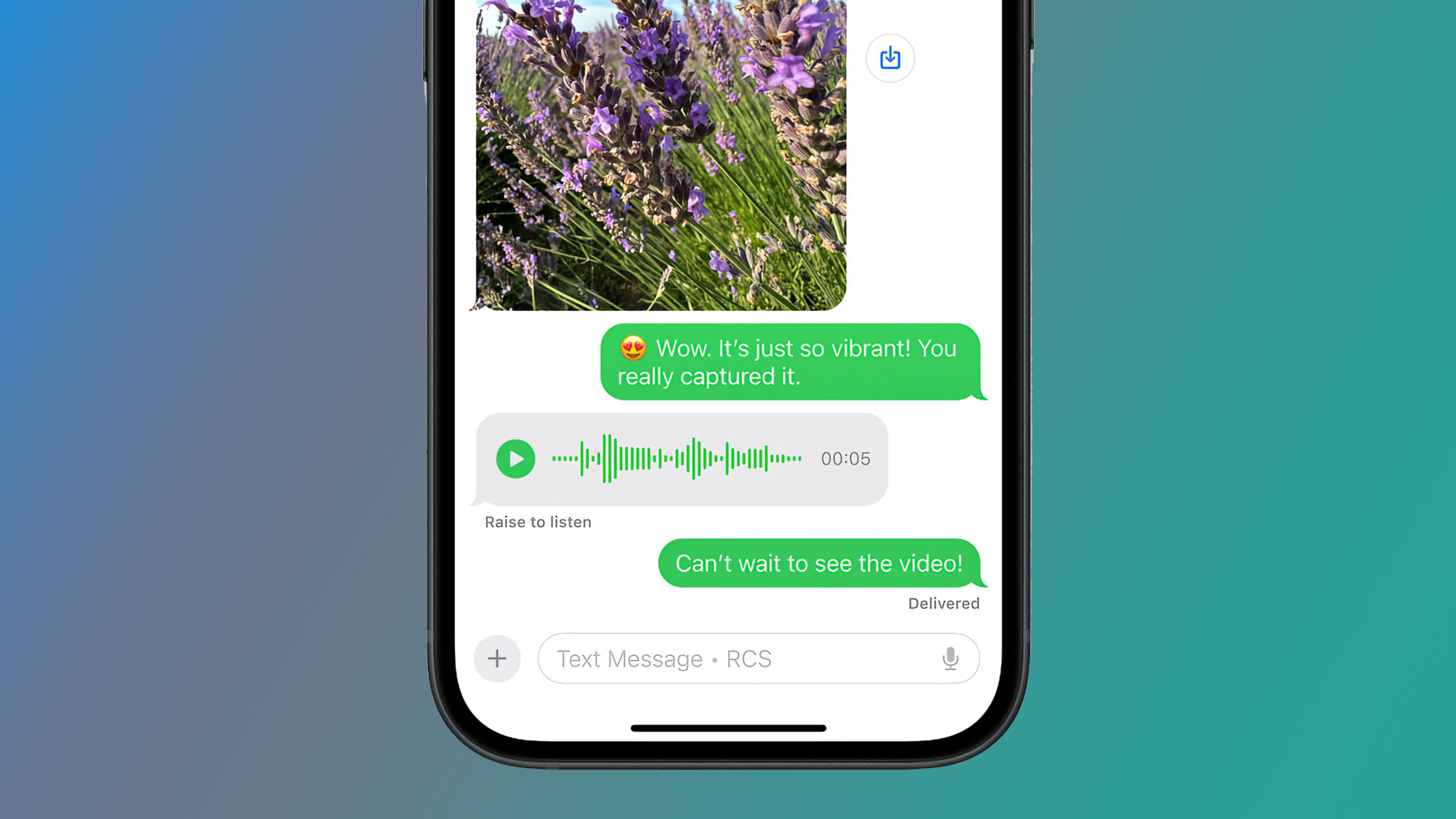
The famous (or infamous, depending on who you ask) green text bubbles associated with Android phones are here to stay.
In practice, these green bubbles simply indicate that a message originates outside of Apple's iMessage protocol, but the otherness this implies has inspired enough stigma to fuel a antitrust casecountless memes and a Full song from world rap star Drake.
This effect is likely amplified by Apple’s huge market share in the US, which hovers around 55%. A Bloomberg Intelligence report found that 79% of Gen Z prefers the iPhone to Android; this is a demographic that includes growing teenagers. They are increasingly dependent on technology for their social life.
As unhelpful as the stigma around green texts may be, it is real, and we hope that the implementation of RCS will help alleviate this strange phenomenon.
The iPhone 16 line is the first to ship with iOS 18, but RCS will be available on all iPhones that support the update, the oldest of which are the iPhone XR, iPhone XS, and iPhone XS Max.
For tips and updates on all the new features coming to iPhone, be sure to check out our dedicated iOS 18 coverage.

